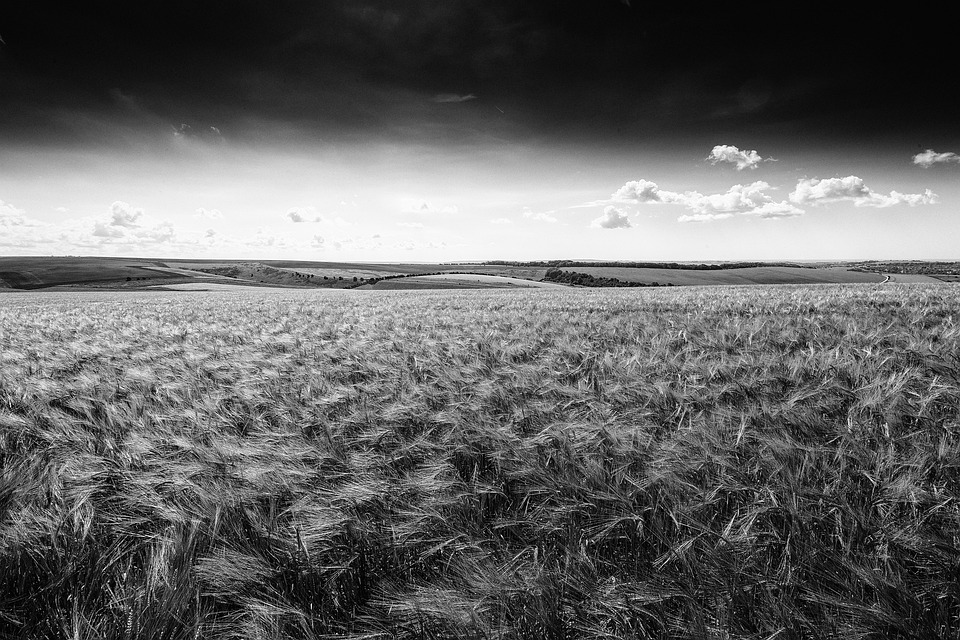# Cultivating Change: Exploring Innovative Sustainable Farming Practices
There’s something magical about stepping onto a plot of land that you’ve cultivated yourself. The sun warms your skin as you dig your hands into the earth, feeling the life within it. Just last spring, as I was tending to my garden, I witnessed a remarkable transformation: a tiny seedling became a robust tomato plant, its vines heavy with the promise of delicious fruit. That moment encapsulated the essence of sustainable farming—nurturing a connection with nature while reaping the benefits of both bounty and wellness. Today, we delve into the world of innovative sustainable farming practices, exploring how they’re reshaping our relationship with food and the environment.
### Understanding Sustainable Farming
At its core, sustainable farming is about meeting our current needs without compromising the ability of future generations to meet their own. This approach not only involves conventional techniques like crop rotation and organic fertilizers but also embraces novel technologies and methods that prioritize eco-friendliness.
#### The Importance of Soil Health
Healthy soil is the foundation of sustainable agriculture. Soil isn’t just dirt—it’s a living ecosystem teeming with microorganisms, fungi, and nutrients. Practices like composting, cover cropping, and reduced tillage can dramatically improve soil health, ensuring that it remains productive for years to come. One innovative approach gaining traction is **regenerative agriculture**, which focuses on rebuilding organic matter in the soil and biodiversity in farming systems.
### Innovative Practices Transforming Sustainable Farming
#### 1. Permaculture Design
Permaculture goes beyond gardening techniques; it’s a holistic approach to land management that mimics natural ecosystems. By designing farms that promote biodiversity and minimize waste, farmers can create self-sustaining habitats. For instance, the **guild planting technique** involves grouping plants that support each other’s growth—like pairing nitrogen-fixing legumes with hungry tomatoes.
#### 2. Vertical Farming
As urban areas expand, space for traditional farming vanishes, leading many to adopt vertical farming. This revolutionary method stacks crops in layers, often using controlled environments to optimize growth conditions. Hydroponics and aeroponics enable crops to flourish with less water and fewer pesticides. Imagine seeing tomatoes or lettuce thriving in an urban apartment building, just steps away from the nearest grocery store!
#### 3. Agroforestry
What if you could farm and manage a forest at the same time? Agroforestry combines agricultural and forestry practices to create diverse ecosystems. This method not only increases biodiversity but enhances crop yields. For example, when trees are strategically interspersed with crops, they provide shade, reduce wind erosion, and even improve soil fertility through fallen leaves.
#### 4. Aquaponics
Have you ever dreamt of having a fish tank and a garden in one? Aquaponics merges aquaculture (fish farming) with hydroponics (growing plants without soil). The fish waste provides organic nutrients for the plants, while the plants naturally filter the water for the fish. It’s a perfect example of a closed-loop ecosystem, beautifully sustainable and incredibly productive.
#### 5. Biomimicry in Farming
Biomimicry takes inspiration from nature to solve human challenges. In sustainable farming, it could mean adopting practices that emulate natural ecosystems—like creating habitats for beneficial insects that manage pests. By learning from nature’s time-tested strategies, we can develop farming systems that thrive in harmony with the environment.
### Pro Tips for Sustainable Farming Success
1. **Start Small**
If you’re new to sustainable practices, begin with a small garden or a few container plants. This will allow you to experiment without becoming overwhelmed.
2. **Plant Native Species**
Native plants are adapted to your local climate and soil conditions—making them easier to maintain and less prone to diseases.
3. **Utilize Organic Mulch**
Mulching not only helps retain moisture but also suppresses weeds and adds nutrients as it decomposes.
4. **Adopt Companion Planting**
Certain plants can work together to enhance growth. For instance, pairing basil with tomatoes can improve flavor and deter pests.
5. **Maintain Soil Health**
Regularly test your soil to understand its nutrient profile, and use compost to enrich it. Healthy soil is the secret to thriving crops!
### The Future of Sustainable Farming
Innovation continues to shape the landscape of sustainable farming. The rise of **agritech startups** is working to revolutionize how we manage food production, employing cutting-edge technology to reduce waste, increase efficiency, and bolster sustainability.
### Community and Collaboration
One of the most uplifting aspects of sustainable farming is the sense of community it fosters. Local farmers’ markets and community-supported agriculture (CSA) initiatives allow consumers to connect directly with those who grow their food. This relationship not only supports local economies but also promotes transparency in food production.
Engaging workshops and learning hubs are cropping up everywhere as more people become interested in sustainable practices. Sharing knowledge and experiences cultivates a culture of innovation, inspiring farmers and gardeners to adopt new methods and technologies.
### Conclusion: Embracing Change, One Seed at a Time
Sustainable farming practices are changing the way we approach agriculture, teaching us to prioritize the health of our planet while enjoying the fruits (literally!) of our labor. With creativity and cooperation, we can all cultivate change—one seed at a time.
As we step forward into this new agricultural paradigm, let’s remember to embrace the wisdom of the earth. By harnessing innovative practices and fostering community, we can create a future that not only nourishes our bodies but also heals our planet.
### Final Thoughts
Sustainable farming is more than just a trend; it’s an essential evolution in our relationship with food. The practices we adopt today will lay the groundwork for future generations, encouraging them to cherish and nurture the land. Whether you’re a seasoned farmer or just starting your garden, there’s a place for you in this green revolution. Let’s cultivate change together, ensuring that our earth remains vibrant and fruitful for years to come!



